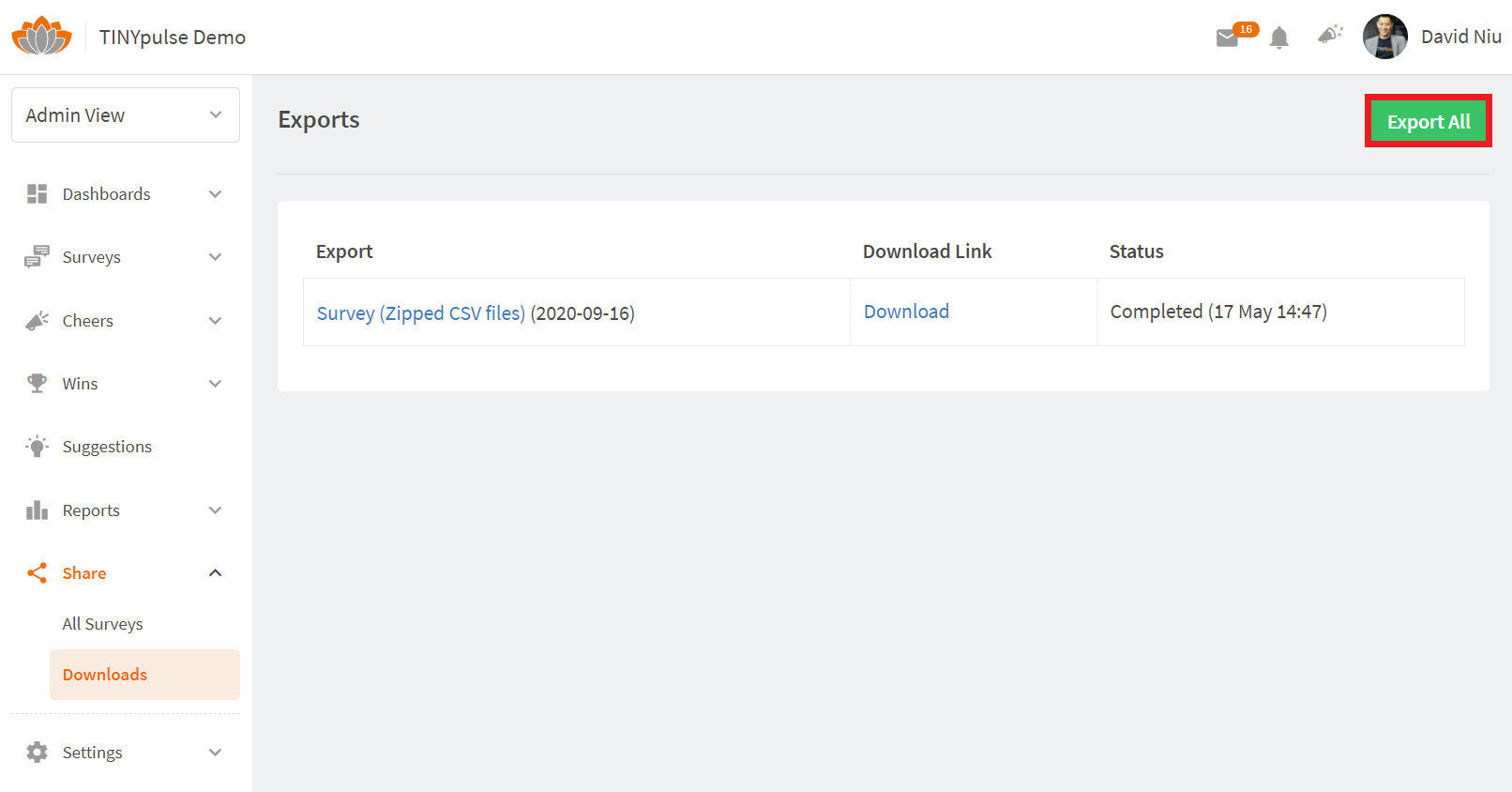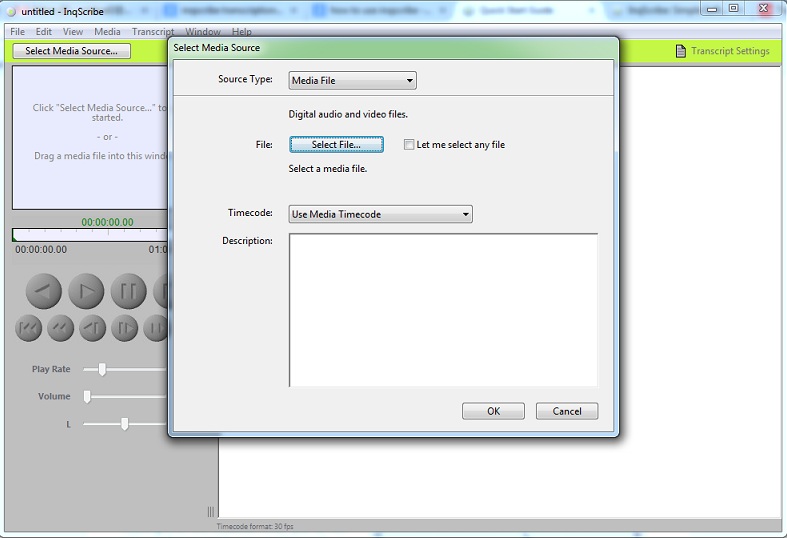

- #Inqscribe export different out points manual
- #Inqscribe export different out points pro
- #Inqscribe export different out points series
#Inqscribe export different out points manual
The main manual providing guidelines for this approach is the International Merchandise Trade Statistics Manual (IMTS). The first approach relies on estimating trade from customs records, often complementing or correcting figures with data from enterprise surveys and administrative records associated with taxation.Let’s dig deeper to understand what’s going on.īroadly speaking, there are two main approaches used to estimate international merchandise trade:
#Inqscribe export different out points series
So, if all series are in the same units (share of national GDP), and they all measure the same thing (value of goods exported from one country to the rest of the world), what explains the differences? It required downloading trade data from many different sources, collecting the relevant series, and then standardising them so that the units of measure and the geographical territories were consistent.Īll series, except the two long-run series from CEPII and NBER-UN, were produced from data published by the sources in current US dollars, and then converted to GDP shares using a unique source (World Bank). You can use the option labeled ‘change country’, at the bottom of the chart, to focus on any country.Ĭonstructing this chart was demanding. And this is true, to varying degrees, across all countries and years. 4Īs we can clearly see in this chart, different data sources tell often very different stories. In the visualization below we provide a comparison of the data published by several of the sources listed above, country by country, since 1955 up until today.įor each country, we exclude trade in services, and we focus only on estimates of the total value of exported goods, expressed as shares of GDP. In this blog post we explain how international trade data is collected and processed, and why there are such large discrepancies.

According to IMF data, for example, the value of goods that Canada reports exporting to the US is almost $20 billion more that the value of goods that the US reports importing from Canada. In Italy, for example, Eurostat figures of the value of exported goods in 2015 are 10% higher than the merchandise trade figures published by the OECD.Īnd there are also large bilateral discrepancies within sources. Such differences between sources can also be found for rich countries where statistical agencies tend to follow international reporting guidelines more closely. That’s a difference of about 7%, or a hundred billion US dollars. Even if you focus on what seems to be the same indicator for the same year in the same country, discrepancies are large.įor example, for China in 2010, the estimated total value of goods exports was $1.48 trillion according to World Bank Data, but it was $1.58 trillion according to WTO Data. We write this post because, if you compare these different sources, you will find that they do not agree with one another. Refer to ArcMap: Exporting your map for more information.There are dozens of official sources of data on international trade. Note: Alternatively, use ArcMap and check the Clip Output to Graphics Extent check box in the Export Map window, as in the image below, to export the layout with map elements that are outside of the layout page.

Refer to ArcGIS Pro: Add and modify map frames and ArcGIS Pro: Work with layout elements for more information. In ArcGIS Pro, drag and reposition the map frame and layout elements to place them within the layout page. Place the map frame and layout elements within the layout’s page area Use one of the following options to resolve the issue.

#Inqscribe export different out points pro
ArcGIS Pro only exports map frame and layout elements that are placed within the layout page.Known causes of this issue include the following.


 0 kommentar(er)
0 kommentar(er)
